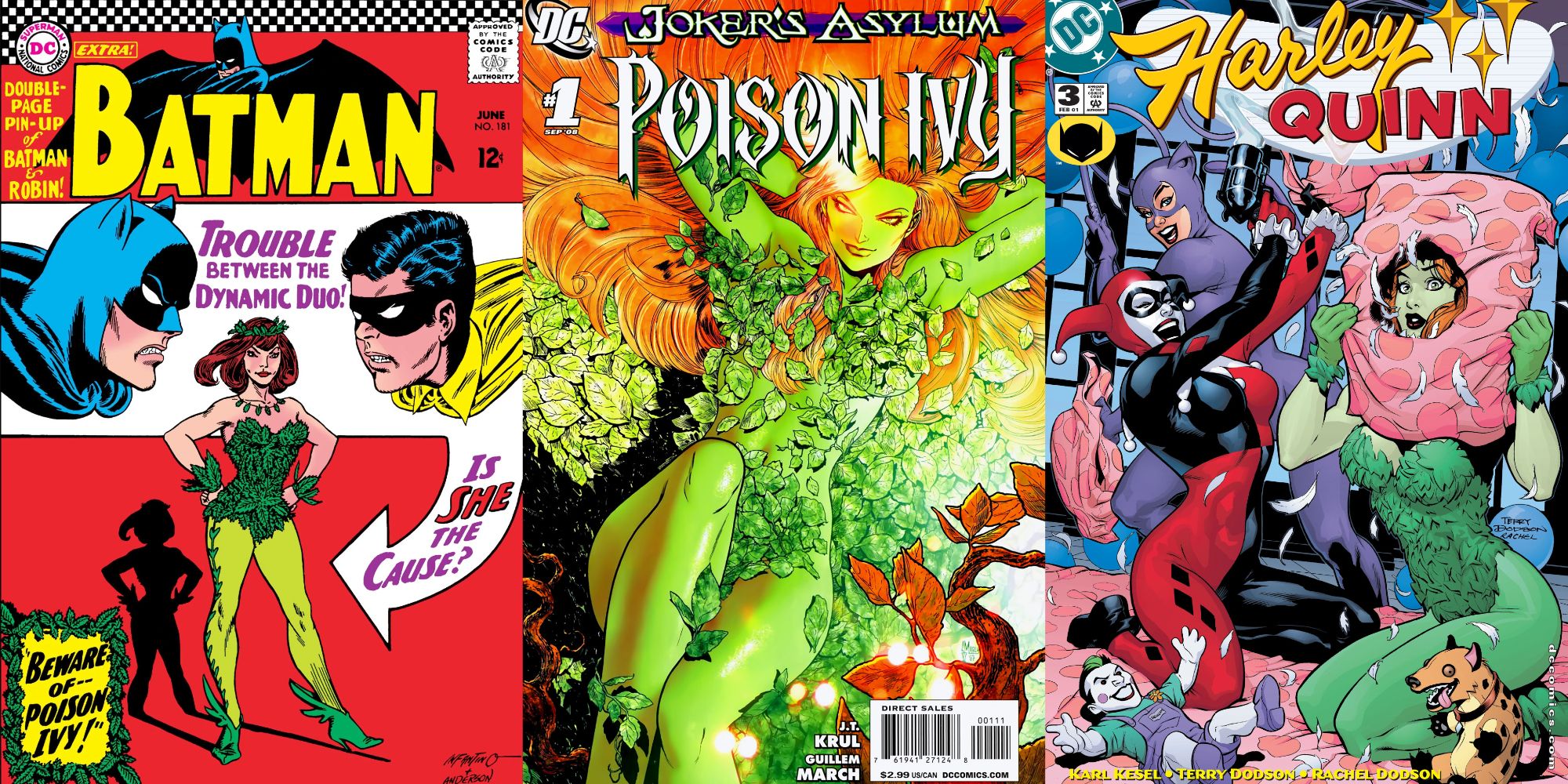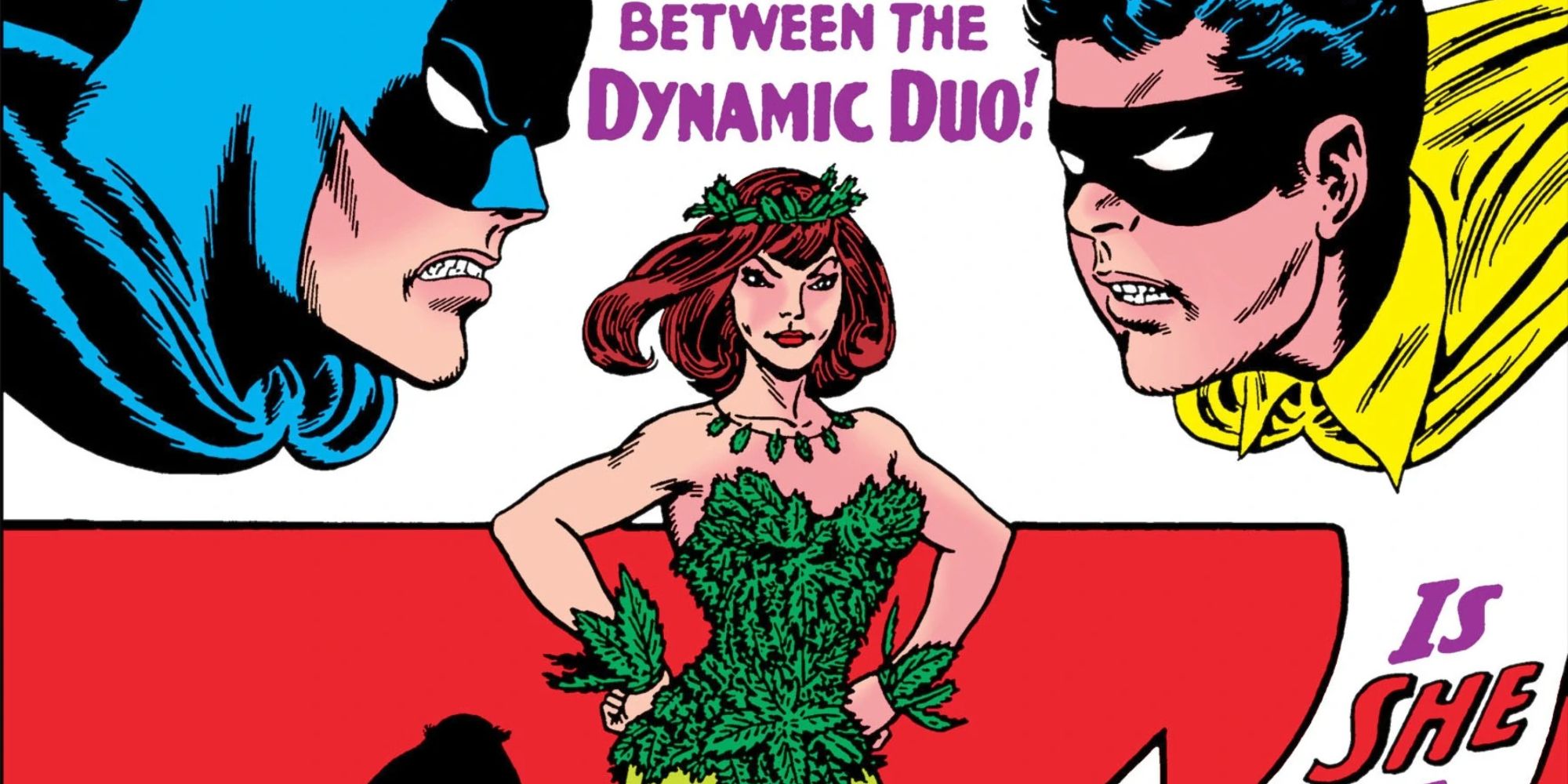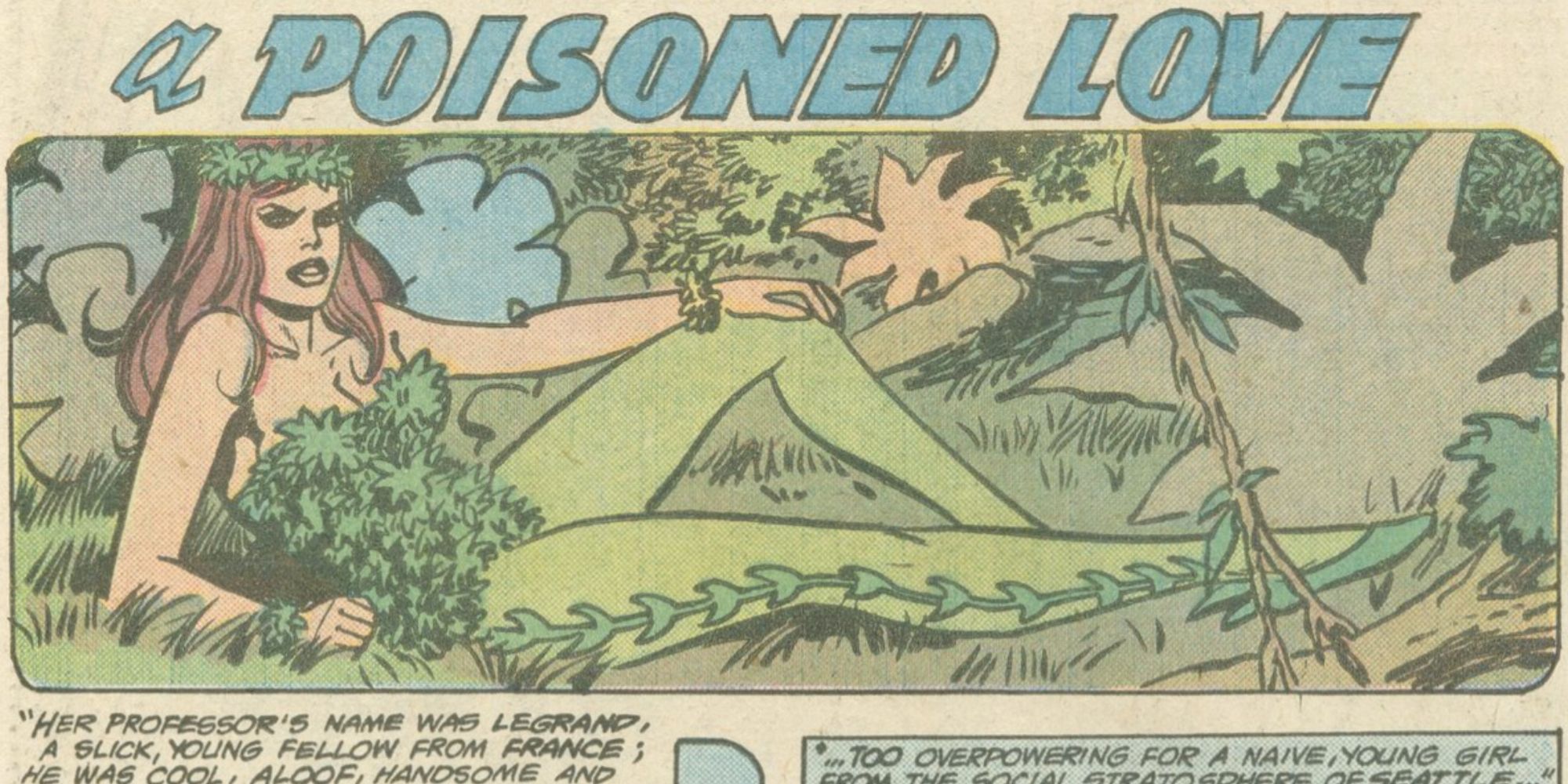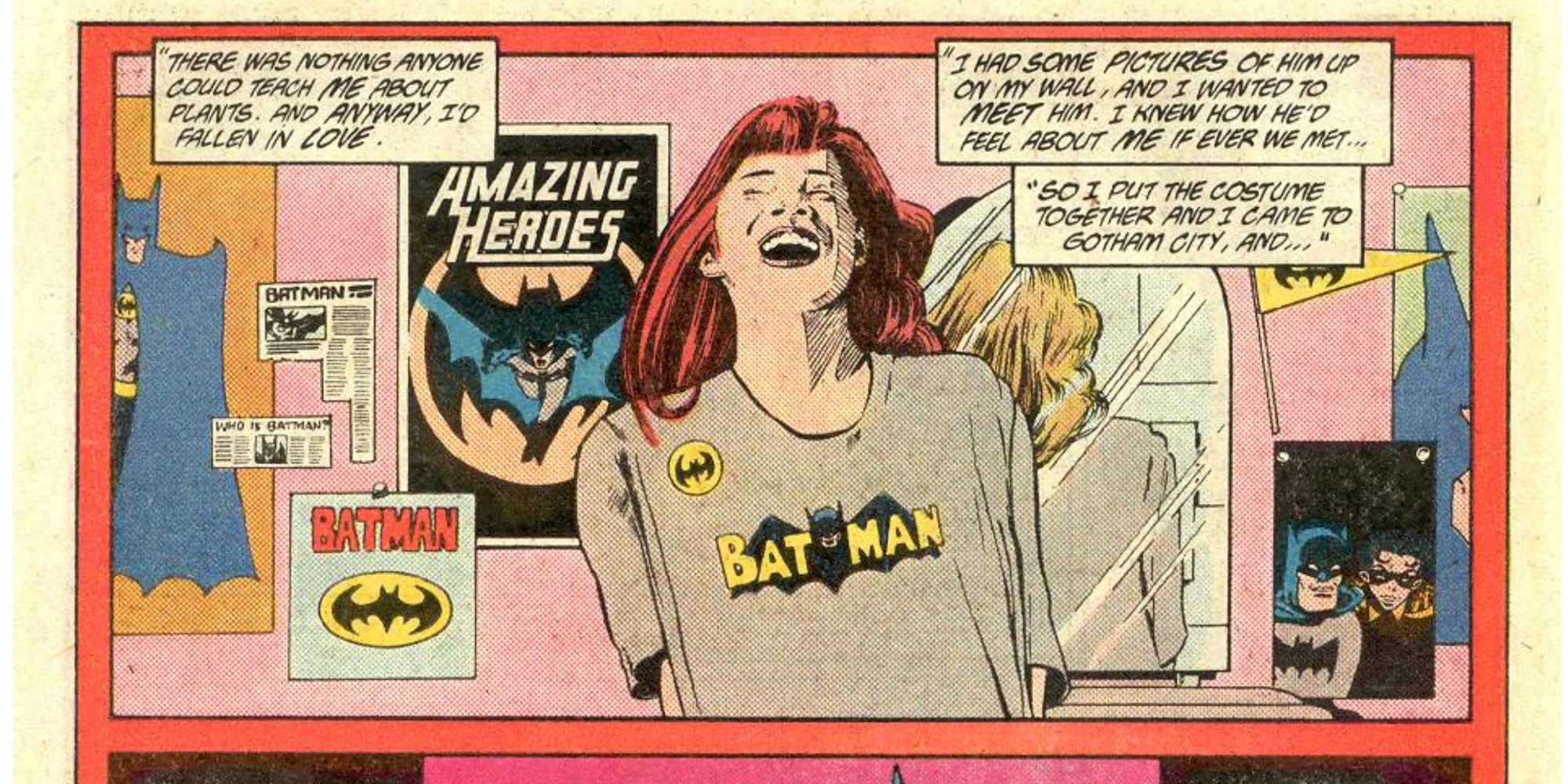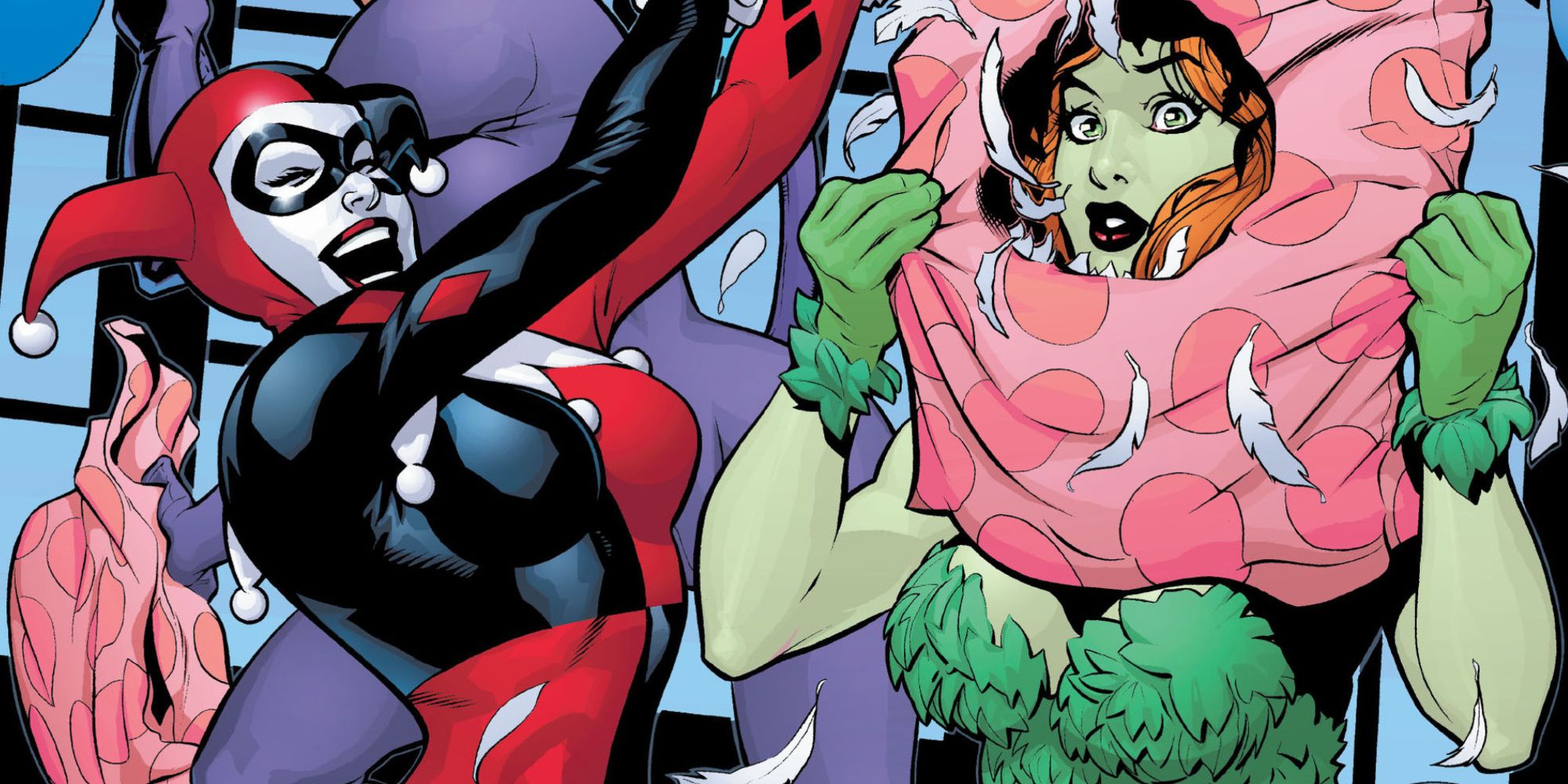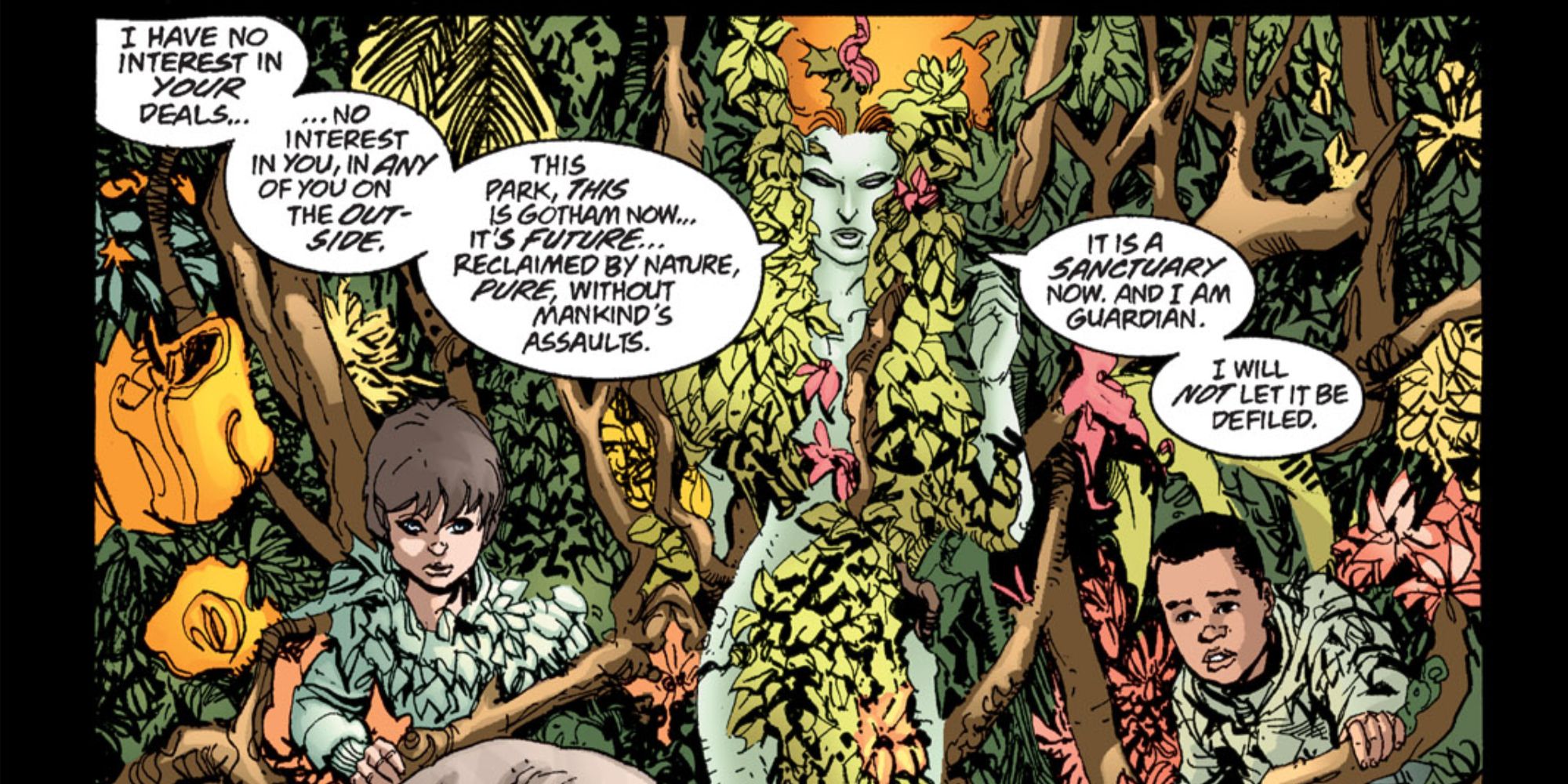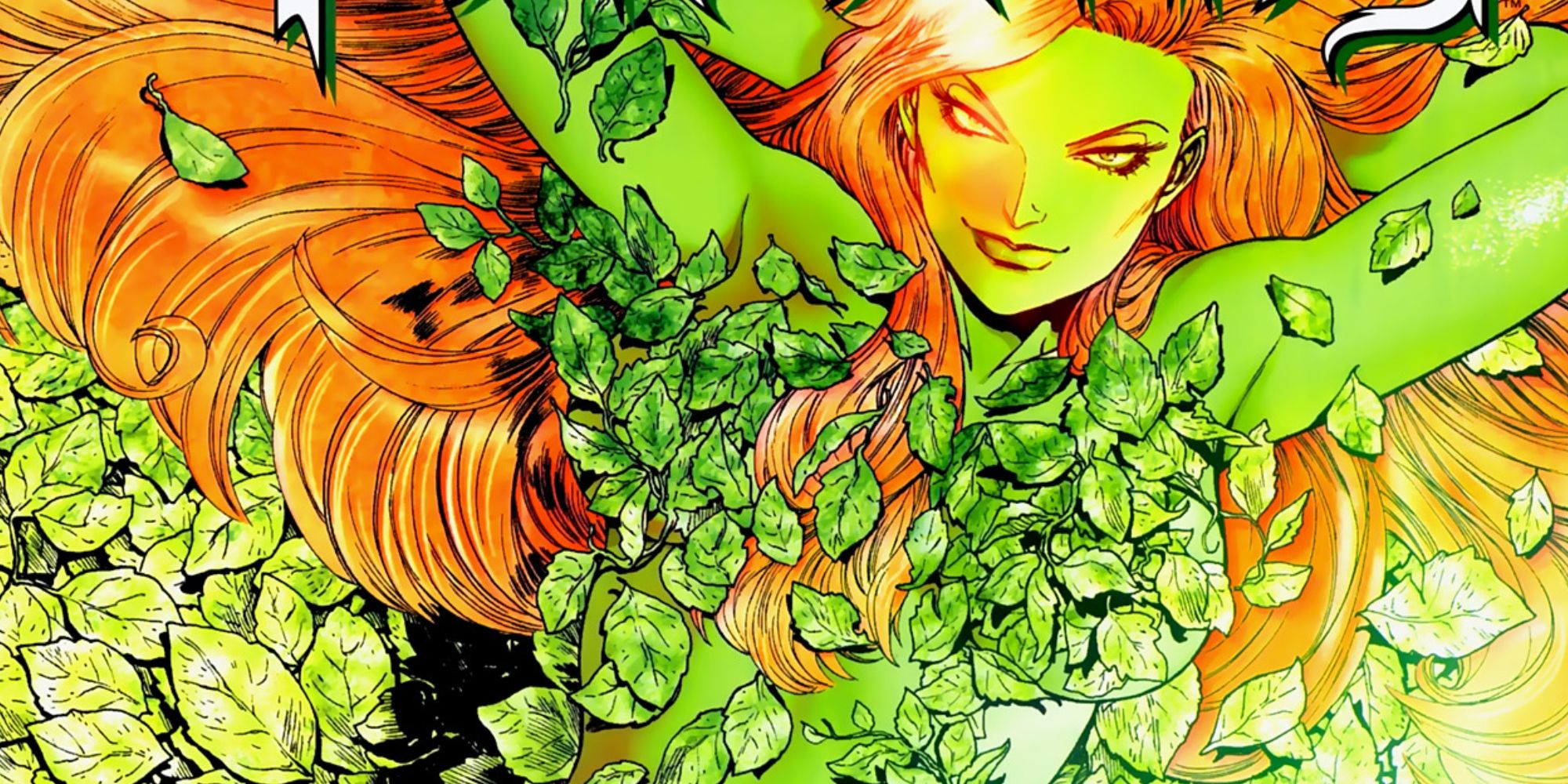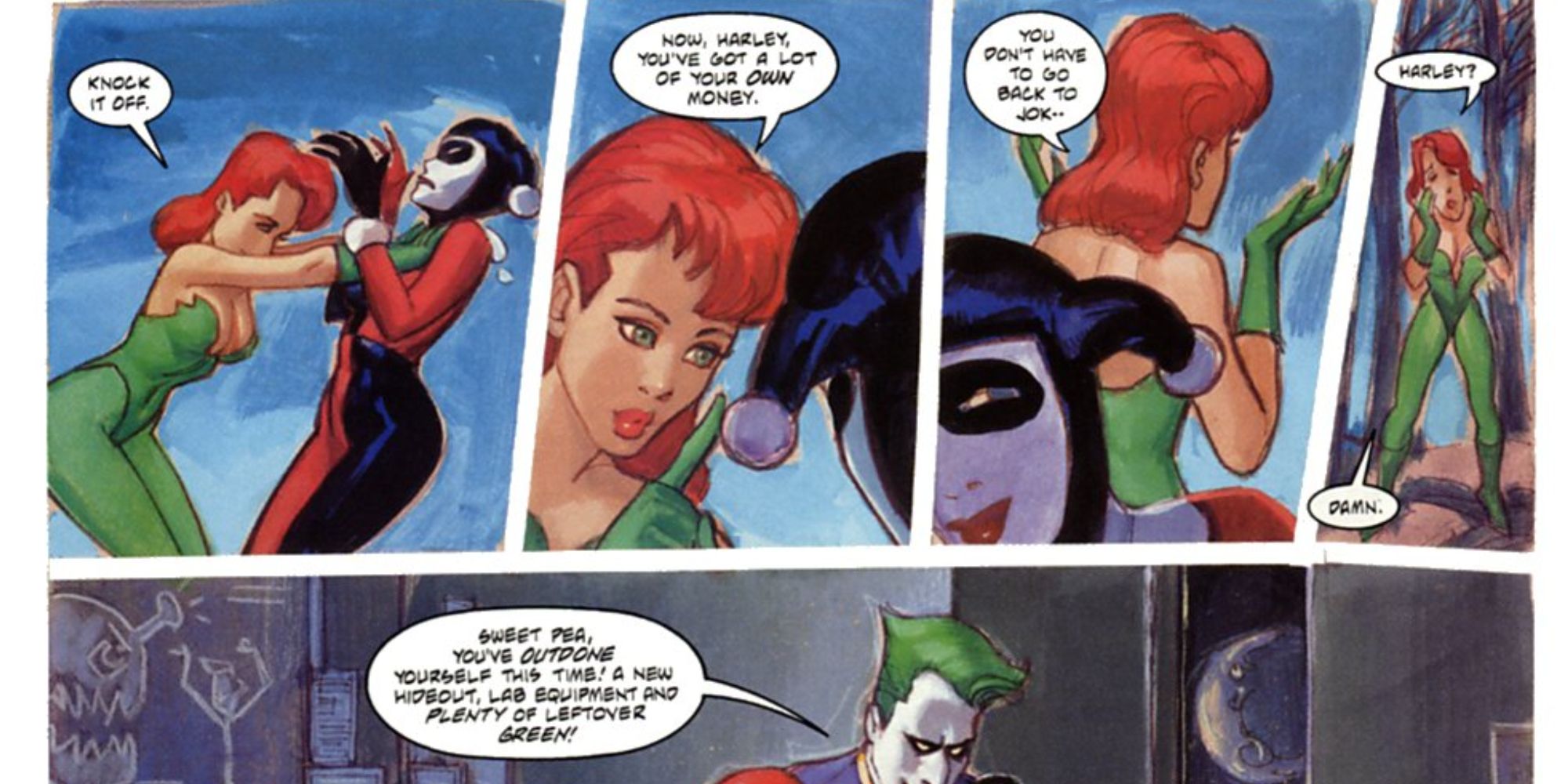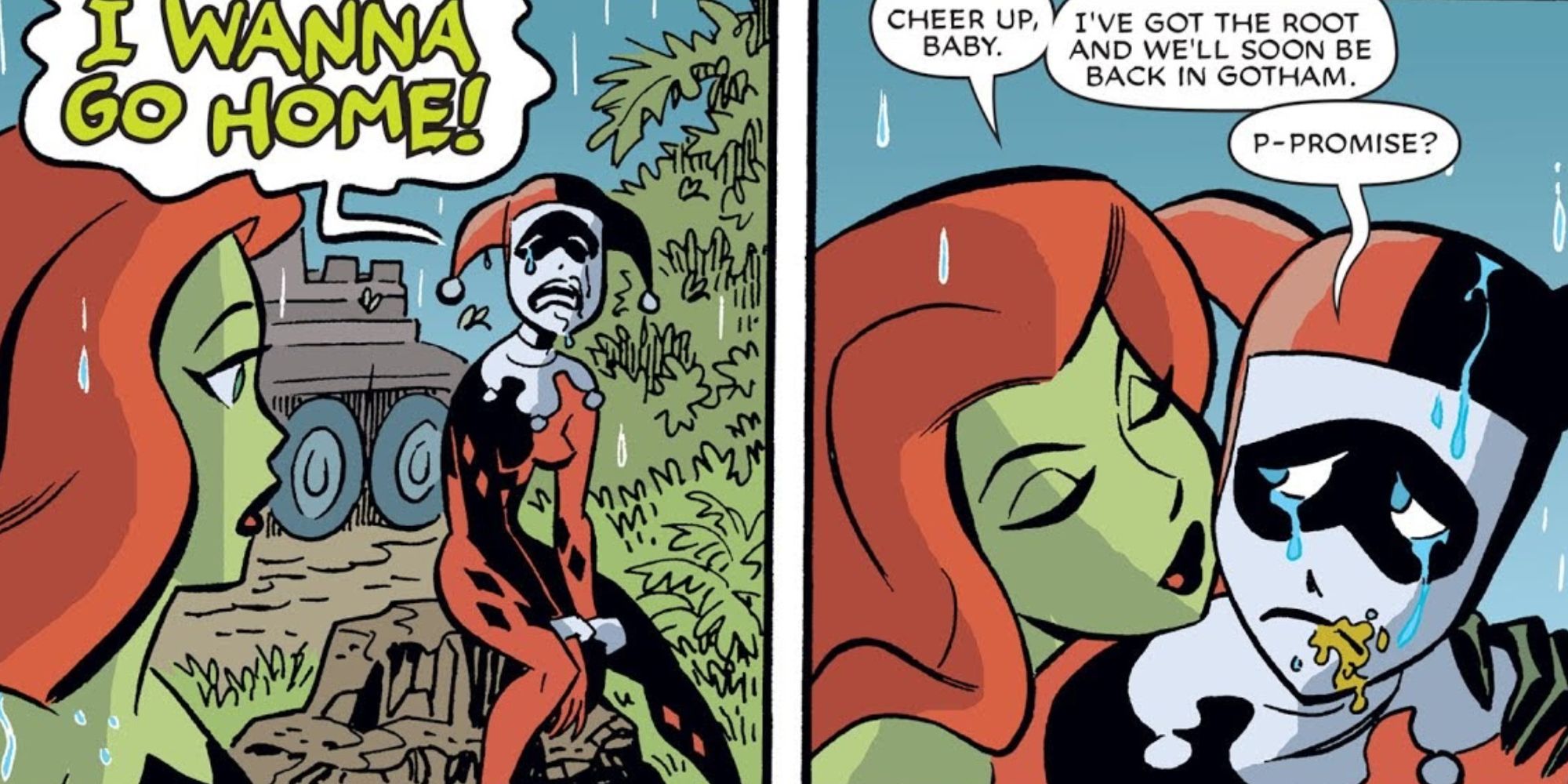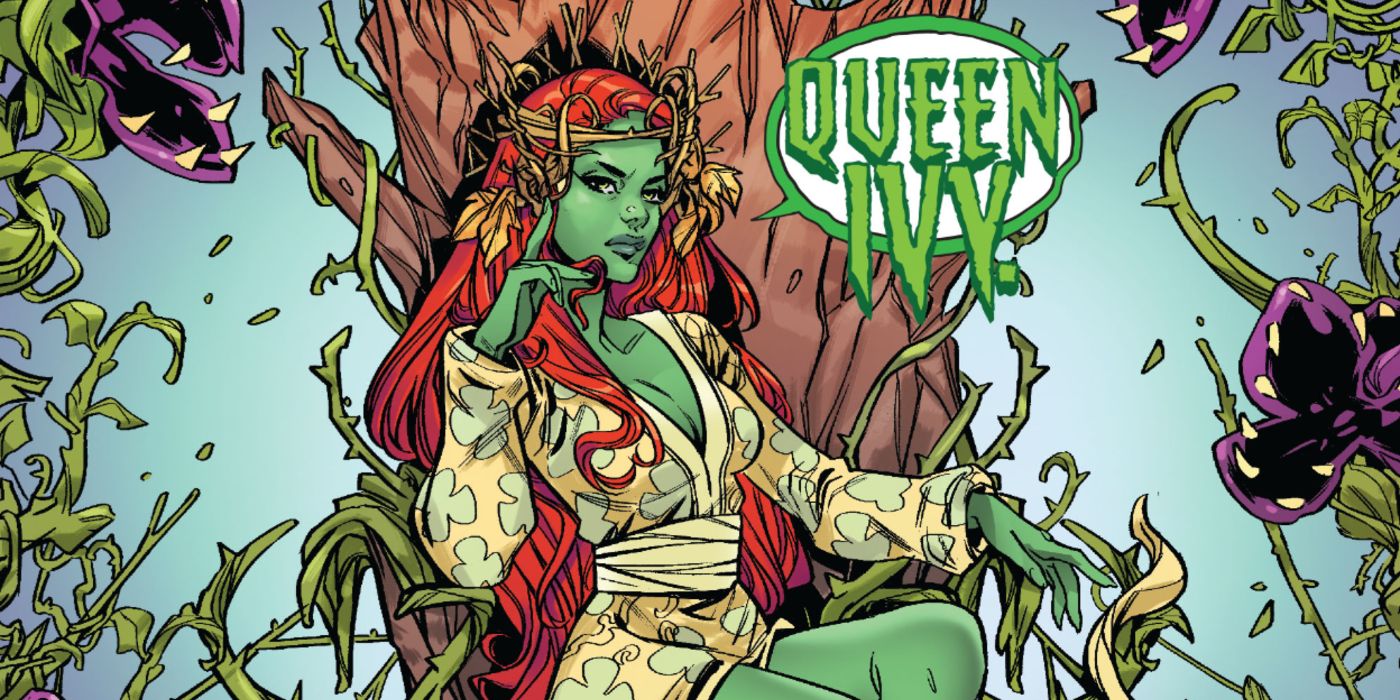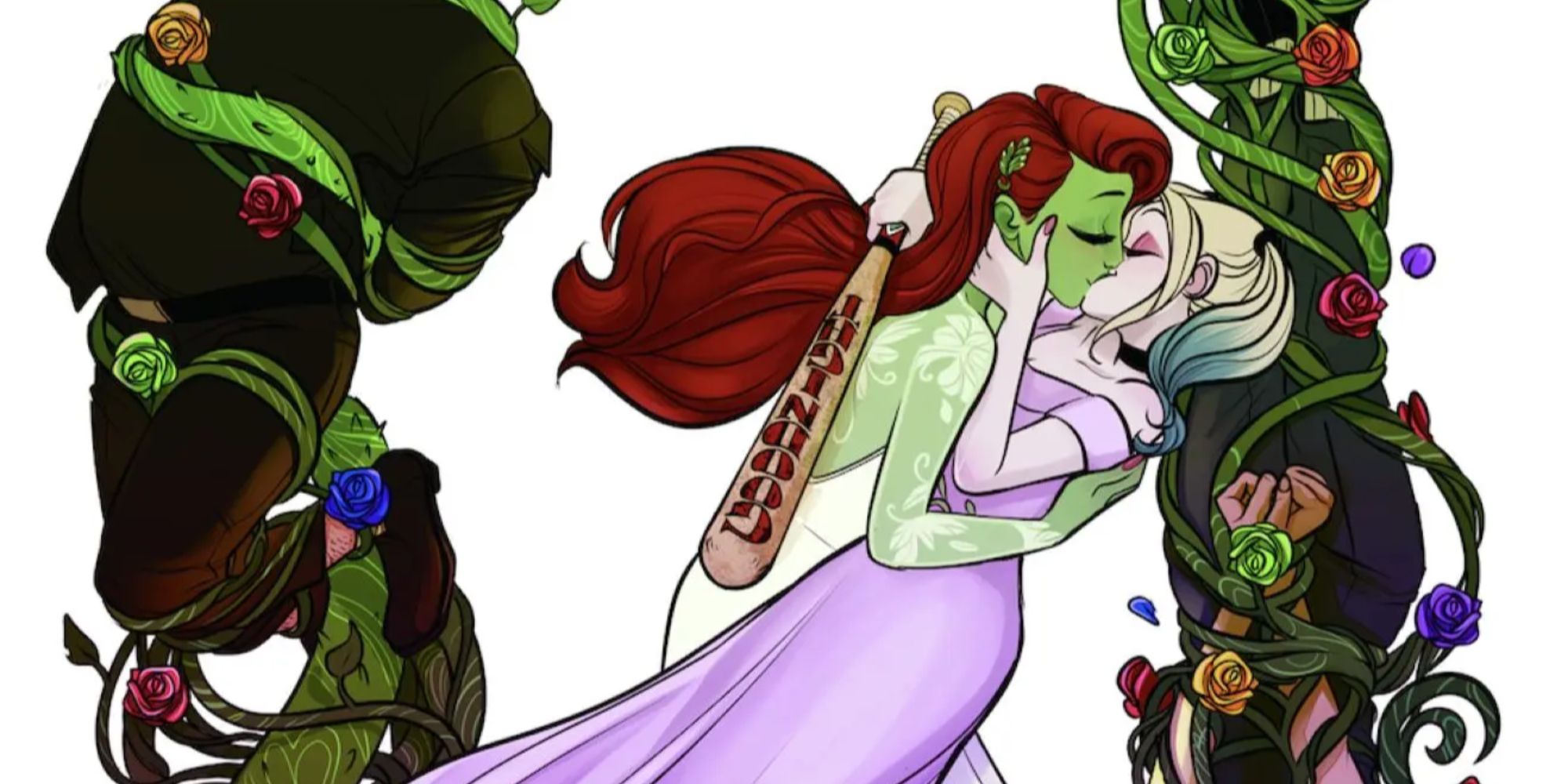Harley Quinn recently kicked off its third season HBOMax and the animated series amended its title card to Harley Quinn and Poison Ivy. This makes all the sense in the world as the two share a deep connection that goes back thirty years. Poison Ivy's best comic books often involve Harley and contribute to the new series focusing on their romance.
Poison Ivy started off as a great Batman villain but over the years, her character has evolved considerably. She gains new dimensions in her character as well as her powers, and her best comics show the dynamic Ivy as a being capable of truly extraordinary things. She also possesses the capacity for true villainy, making her a fascinating character to read and re-read as she grows.
Batman #181
Poison Ivy makes her first appearance in DC Comics in Batman #181 from 1966. Though the Ivy in this issue seems simplistic in comparison to her modern versions, the issue remains among her best for introducing an instant icon and one of Batman's greatest comic book villains of all time.
Poison Ivy fights Batman and Robin in this issue, mostly in an attempt to declare herself as the greatest female supervillain. The effort feels superficial in retrospect, but Ivy makes a case in later comics that she does earn the title.
World's Finest #252
Poison Ivy makes numerous appearances as a villain before World's Finest #252 reveals her origin. Pamela Isley's transformation into Ivy differs somewhat from those depicted in other media, but the issue remains key for what it establishes about the character, initially called Lilly. Her fiancee tries to murder her with mysterious herbs, but she turns into Ivy instead.
Her origin comes in a backup story in the issue as she fights Wonder Woman. Though Wonder Woman counts among the most powerful DC Comics characters, Ivy easily overwhelms her and captures Diana with her own lasso.
Secret Origins #36
Poison Ivy properly becomes Dr. Pamela Lillian Isley in Secret Origins #36, a key issue that reimagines her origin. Legendary writer Neil Gaiman presents a more nuanced Ivy, whose misanthropic tendencies leave her vulnerable and impressionable. Her professor takes advantage of her, using her to experiment with toxins that transform her into Ivy.
Ivy's character and origin continue to evolve from this issue, but the movies and animated series featuring her lean heavily on Gaiman's modern take on the iconic supervillain.
Harley Quinn #3
Poison Ivy in many respects remained a stock villain even after Gaiman's update, but her story changed forever when she met Harley Quinn. Their first official meeting in DC Comics continuity (at least as it was at the time) came in Harley Quinn #3 from 2000, and the issue signifies what makes them among DC Comics' best couples.
Ivy lobbies for Harley to get free from The Joker, a theme that recurs throughout their mutual story going back to their first true meeting on screen in many defining episodes of Batman: The Animated Series.
Fruit Of The Earth
Batman: Shadow of the Bat #88 begins "Fruit of the Earth," a key storyline in the larger No Man's Land epic that easily counts among the best Batman comic book arcs ever. Ivy claims a large portion of Gotham after an earthquake leaves the city in ruins, and she grows from a villain to a unique anti-hero in the course of the story.
Ivy protects many orphaned and homeless children in her park, a huge leap from her former selfish antics, and begins an uneasy alliance with Batman to keep Gotham safe from other villains.
Joker's Asylum: Poison Ivy #1
Poison Ivy continues her evolution into an anti-hero in Joker's Asylum: Poison Ivy #1 from 2008. This one-shot special revisits her origins once again and uses the opportunity to underline that like all plants, she grows and changes with time. Ivy's evolution remains constant and she isn't the simple villain Batman thought she was.
The story in the end comes with a caveat, as it's related by the Joker. Though its truth remains suspect, many details feel authentic when it comes to Ivy's personal evolution.
Harley and Ivy: Love on the Lam
Harley and Ivy: Love on the Lam features a dynamic between Ivy and Harley that forecasts their entire comic book and screen future. Harley runs to Ivy after falling out with Joker, goes on a heist with her, and then runs right back to Joker with her spoils despite Ivy's support and trust in her.
The one-shot special from 2001 takes on additional meaning with their current relationship, as Harley's need to get closer and Ivy's reticence now seems a factor itself in Harley's remaining with Joker, something the new animated series may explore.
Harley And Ivy #1
The 2004 mini-series Harley And Ivy takes place with Batman: The Animated Series continuity but provides additional context for the two that all media benefit from. The two once again go on an adventure, with Ivy seeking a rare plant that has echoes of the storyline currently playing out in the HBOMax series' new season.
The romantic aspect of their relationship advances considerably in these issues in subtle and not-so-subtle ways, making them key to the continued growth of their connection in later comics and shows.
Ashes Of Eden
Ivy's powers develop considerably over the years, with the comics eventually revealing she derives her power from The Green as Swamp Thing. "Ashes Of Eden," a story in Batman: The Joker War Zone, sees Ivy become Queen Ivy. She takes control of Gotham by extending vines throughout the city and threatens to do the same to the world.
Ivy seems to be on a similar path in Harley Quinn's third season, with her environmental concerns and extraordinary power leading her toward exerting her will on the world in dramatic ways.
Harley Quinn: The Animated Series – The Eat. Bang! Kill. Tour #1
Ivy and Harley's romance flows in and out of comic books and animated series, so it makes sense that a comic book tie-in to the latest show offers a fantastic read. Harley Quinn: The Animated Series – The Eat. Bang! Kill. Tour #1 dispenses with sly allusions and subtextual elements to make their romance textual once and for all.
The issue also further explores their similarities and differences and is a case example of why this particular pair proves so compelling. Harley simply bypasses Ivy's inability to connect with people with her extraordinary spirit, and Ivy helps Harley foster growth within herself that leads to places neither ever expected.

